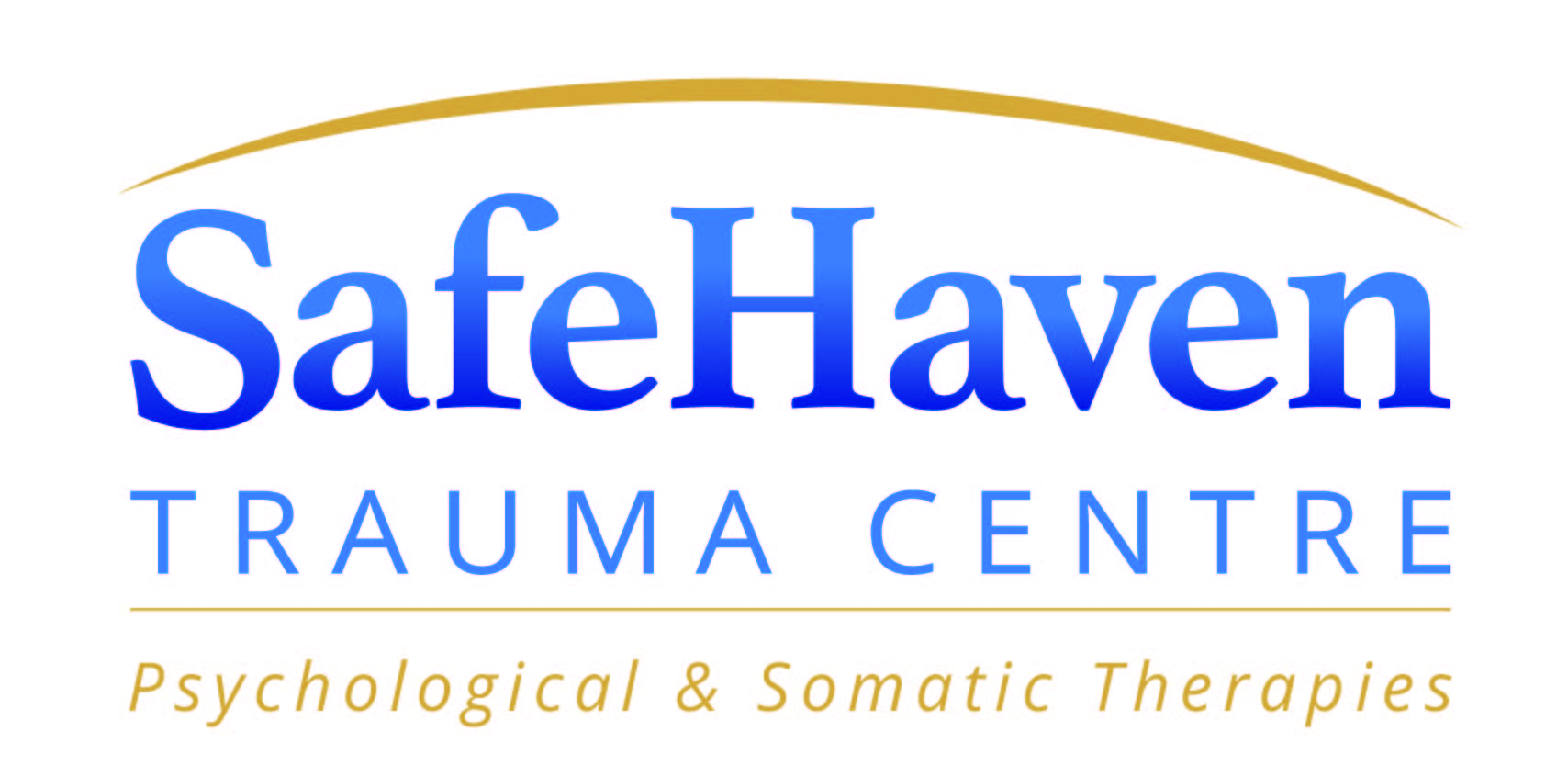
Effective Psychological Debriefing – let’s get honest (and controversial)
Let’s be honest – the world has changed; and so has the workplace. Workplace-mental-health are buzz words. This means a healthy shift has occurred, which places mental welfare on the map, in terms of organisational responsibilities. Along with that shift, there has been a natural upwelling of organisations that support businesses in meeting legislative and best practice guidelines for workplace mental health – and in the spirit of ethical transparency, I should say that includes my own.
Alongside the growing awareness of the importance of mental health, we have also seen a seismic shift regarding psychological trauma. Arguably this recognition was triggered by the inclusion of Post-Traumatic Stress Disorder (PTSD) in the Diagnostic and Statistical Manual of Mental Disorders in 1980; which, finally officially acknowledged psychological trauma as a clinical condition.
Before 1980, psychological trauma had, for centuries, been unofficially recognised by different cultures, and from lay-people to literary icons to academics to medics. References to the effects of psychological trauma were even discovered in the historical and literary text dating back to the third century BC.
However, in 1980, the recognition of PTSD as a mental health condition succeeded only after a turbulent relationship with both the medical and psychological professions; a relationship that was influenced, predominantly, by war and the effects of warfare on soldiers.
As that seismic shift in recognition occurred, psychological trauma, and the severe end of that scale – PTSD, have become almost colloquial language; just think about how often you may have heard people say (often jokingly) that they feel ‘traumatised’, when referring to something that was a slight surprise or mild shock. As the shift occurred so did the recognition that psychological trauma should be taken seriously and treated with the same reverence that would be afforded any mental health condition. This meant that research into the condition, and how it could be both prevented and effectively treated, became a focus for the medical and psychological professions.
In all the research that has been carried out since 1980 there are a few misnomers that have crept in, to become almost ‘folk-law’; misinforming professionals and lay-people alike. The antidote is thorough research, but in the hectic world within which we live – for many, this is not always possible.
Three key misunderstandings that are often cited:
- The only effective treatments for psychological trauma are those on the NICE guidelines; namely Eye-Movement Desensitisation Reprocessing (EMDR) and Trauma-Focused Cognitive Behavioural Therapy (TF-CBT)
- Psychological debriefing does more harm than good
- Mental Health/Psychological First Aid is always the best first-line support
I will be publishing separate articles on items (1) and (3). For now, we will explore misnomer number (2).
Psychological debriefing does more harm than good?
To be clear, Critical Incident Stress Debriefing (CISD) has a significant level of research behind it, since 1974, that clearly shows it as a high efficiency method of emotional decompression, which:
- Helps mitigate the psychological impact of a distressing event
- Facilitates a swifter recovery
- Restores innate human adaptive functioning
- Identifies individuals who require further specialist support (triage).
CISD is a specialised and highly structured form of psychological debriefing that is specifically designed for homogeneous groups. CISD is also only one intervention within a suite of multi-tactic options available as part of Critical Incident Stress Management (CISM) protocols. However, it is also not the only form of psychological debriefing available – and this is where, in part, some of the trouble may have begun.
Much has been written since 1995 when critics first raised their heads (or more likely – their eyebrows) about psychological debriefing. Many specialists within the field of psychological trauma decried debriefing as effective, with some even suggesting it had the potential to be harmful. Such was the shock wave that this concept sent out, that the idea entered in to psychological ‘folk-law’ as an absolute – when if fact the research indicated something quite different.
Whilst a deep dive into the history of the arguments that reined in the annals of psychology is for another time; there are salient aspects that can be drawn from what occurred that it is important to highlight. This is particularly so because the ‘folk-law’ still reins stronger than up-to-date fact in many minds.
Essentially the research that decried debriefing, when analysed against CISD standards has been found to have 11 clearly identified CISD errors in common. These major errors were in the debriefing protocol the researchers used; errors that ultimately rendered the research redundant and useless in terms of providing insight and education into the effectiveness of psychological debriefing. Of the 11 major errors in protocol, the top 3 to highlight:
- Group debriefing was used as a one-to-one intervention
(Note: CISD is a group debriefing protocol and not designed for one-to-one work) - Primary victims received the debrief, often whilst still recovering, such as in the hospital.
(Note: CISD is designed for secondary, not primary, level exposure – witnesses, emergency personnel etc.) - The situation was ongoing
(Note: CISD should only ever occur after the situation is over; different interventions and protocols exist for ongoing situations)
All 11 items are vitally important in terms of meeting the CISD protocol, but for brevity within this article, a ‘top 3’ have been highlighted. What the 11 items ostensibly, and inadvertently, also showed, was that, when compared with the strong evidential research where CISD protocol had been followed, that:
- CISD protocol is highly effective,
- That any move away from the protocol results in a minimal benefit to participants.
What does this mean for organisations?
What this has ultimately meant, is that whilst there are multiple types of psychological debriefing interventions available; currently, CISD has the most robust research to support its effectiveness.
CISD is highly structured, and always run with support from mental health professionals – it is not an intervention for only peer level support, which can be seen as a limitation. However, CISD is only one type of intervention within CISM, for managing critical incident stress.
Optimising the right solution for any given situation is about ensuring the appropriate strategic solutions are employed in a timely manner. The subject area is not rocket science; but it is a science and, arguably, an art, all of its own.
The easiest solution is to ensure your organisation has access to experienced CISM strategists. CISM experts will evaluate the current and ongoing psychological risk to the people you are responsible for; they will provide consultancy on policy development and SOP’s; they will identify appropriate personnel and provide training in trauma-focused psychological first aid; you should be given access to mental health professionals trained in CISM who can be deployed to your location; and ideally you will have access to 24/7 specialist telephone support before, during and after an incident – where you consider your personnel may be experiencing extreme stress or distress.
A few simple preparatory steps with the right professional expertise in support, and managing the impact of situations, from bullying, to assault, to loss of life, can ensure an organisation and its personnel remain healthy and functioning – although you may argue I would say that, as that is exactly what we do!
_________
If your organisation would like to understand more about effective management of workplace stress and trauma, call our team on 0161 635 3999.
Or email us at info@safehavencism.com
_________
Charlotte Copeland is the Founder and CEO of SafeHaven CISM, the UK’s only internationally accredited psychological crisis management service in the UK, as well as the countries most established CISM service; and SafeHaven Trauma Centre, a UK centre of excellence for the treatment of psychological trauma. For more information visit www.safehavencism.com; or email charlotte@safehavencism.com
_________
References
American Psychiatric Association. (1980). Diagnostic and statistical manual of mental disorders (3rd ed.). Washington, DC: London: American Psychiatric Association.
Birmes, P., Hatton, L., Brunet, A., & Schmitt, L. (2003). Early historical literature for post‐traumatic symptomatology. Stress and Health, 19(1), 17-26. doi:10.1002/smi.952
Crocq, M. A., & Crocq, L. (2000). From shell shock and war neurosis to posttraumatic stress disorder: A history of psychotraumatology. Dialogues in Clinical Neuroscience, 2(1), 47-55.
Kinchin, D. (2007). A guide to psychological debriefing: Managing emotional decompression and post-traumatic stress disorder. Jessica Kingsley Publishers.
Lasiuk, G. C., & Hegadoren, K. M. (2006). Posttraumatic stress disorder part I: Historical development of the concept. Perspectives in Psychiatric Care, 42(1), 13-20. doi:10.1111/j.1744-6163.2006.00045.x
McHugh, P. R., & Treisman, G. (2007). PTSD: A problematic diagnostic category. Journal of Anxiety Disorders, 21(2), 211-222. doi:10.1016/j.janxdis.2006.09.003
Mitchell, J.T. Everly, G.S, Jr. (1997). Scientific evidence for Critical Incident Stress Management. Journal of Emergency Medical Services, 22, 87-93.
Mitchell, J.T. and Everly, G.S., Jr., (2001). Critical Incident Stress Debriefing: An operations manual for CISD, Defusing and other group crisis intervention services, Third Edition. Ellicott City, MD: Chevron Publishing Corporation.
Mitchell, J. T. (2003) Crisis Intervention and CISM: A research summary. ICISF.
NICE (2017) About NICE: who we are. Retrieved 16 January from: https://www.nice.org.uk/about/who-we-are
NICE (2005) Post-traumatic Stress Disorder (PTSD): management. NICE clinical guideline [CG26}. Retrieved from: http://guidance.nice.org.uk/CG26 [NICE guideline]
Author
